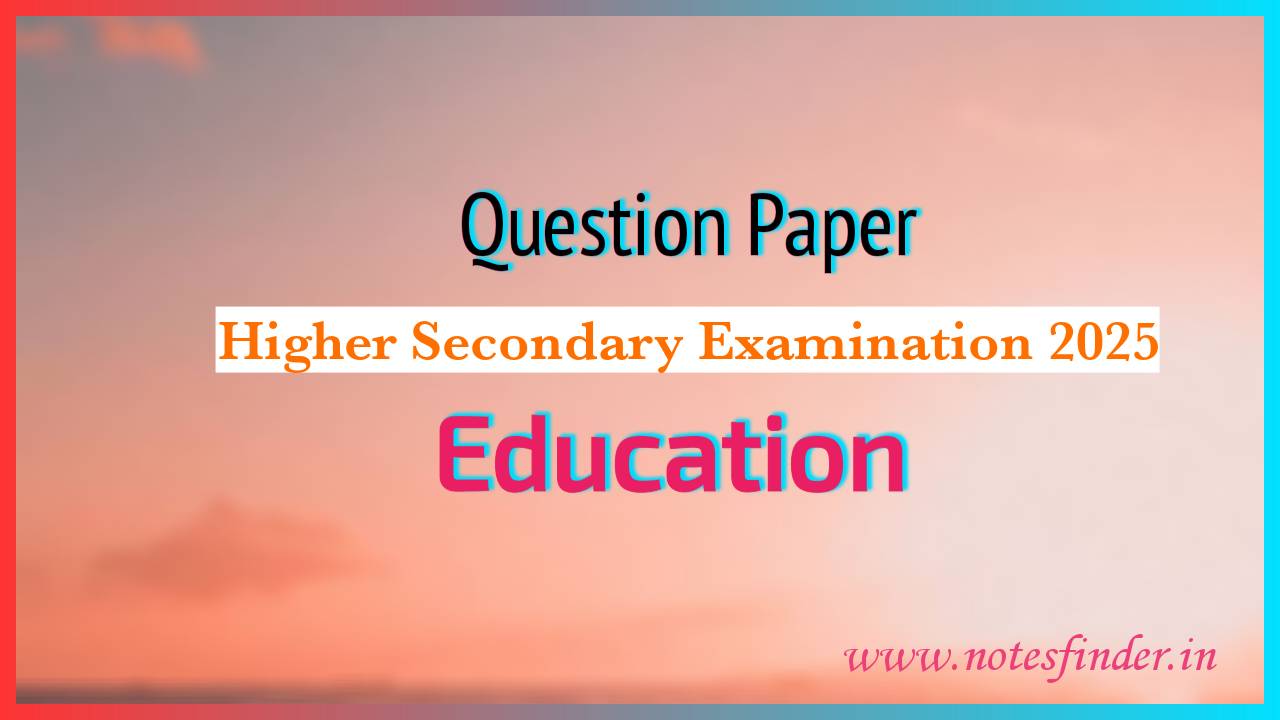1.What do you mean by “The poetry of Earth‟?
Ans: “The poetry of Earth” is the music of the earth produced by birds and insects throughout the year.
2. Where does the Grasshopper carry on the voice?
Ans: The Grasshopper carries the voice hedge to hedge about the new-mown meadow.
3. When does the Grasshopper carry the poetry of earth?
Ans: The Grasshopper carries the poetry of earth when all the birds are faint with the hot sun.
4. What rhyme scheme has the poet used in the octave?
Ans: The poet has used ABBA ABBA rhyme scheme in the octave.
5. What rhyme scheme has the poet used in the sestet?
Ans: The poet has used CDC CDC rhyme scheme in the sestet.
6. What form of sonnet has Keats used?
Ans: Keats has used Petrarchan form of sonnet.
7. How does the Cricket warm the winter?
Ans. The cricket warms the winter with its shrill song.
8. How does the Grasshopper carry the music?
Ans: The grasshopper takes the lead carries the music with delight.
9. What does Keats celebrate in the poem “The poetry of Earth” ? (HS 2020)
Ans: Keats celebrates the music of earth in the poem “The poetry of Earth”.
10. “…… a voice will run.” – Whose voice is referred to here? (H.S. 2015)
Or. Whose voice shall run from hedge to hedge? (H.S. = 2020)
Ans. The voice of the grasshopper is referred to here.
11. Where do the birds hide when they are ‘faint with the hot sun’? (HS 2019 & 2022)
Or. Where do all the birds hide in summer? (HS 2016)
Ans. The birds hide in the cooling shed of trees when they are ‘faint with the hot sun’.
12. Who takes the lead in Summer luxury in Keats’ sonnet, ‘The Poetry of Earth’? (H.S. 2015)
Ans. The grasshopper takes the lead in Summer luxury in Keats’ sonnet, ‘The Poetry of Earth’.
13. What do you mean by the phrase ‘new-mown mead’?
Ans. The phrase, ‘new-mown mead’ means freshly chopped meadow.
14. Who has never done with delights in Keats’s sonnet? (H.S. 2016)
Ans. The Grasshopper has never done with delights in Keats’s sonnet ‘The Poetry of Earth’.
15. What does the poet mean by the statement ‘he has never done with his delights’?
Ans. By the statement ‘he has never done with his delights’, the poet means that the delights of the grasshopper never come to an end.
16. When does the grasshopper rest?
Ans. The Grasshopper rests when it is tired out with fun.
17. Where does the grasshopper rest? (H.S. 2018)
Ans. The grasshopper rests beneath some pleasant weed.
18. Where was the grasshopper seen in summer? (H.S. 2017)
Ans. The grasshopper was seen in hedges and beneath the weeds in summer.
19. What has wrought a silence on a lone winter evening?
Ans. The frost has wrought a silence on a lone winter evening.
20. What might one hear on a lone, cold, silent winter? (H.S. 2017, 2019)
Ans. One might hear the cricket’s shrill song on a lone, cold, silent winter.
21. From where is the shrill song of the cricket heard in ‘The Poetry of Earth’? (H.S. 2018, 2022)
Ans. The shrill song of the cricket is heard from the stove in ‘The poetry of Earth’.
22. What increases the warmth in winter?
Ans. The cricket’s song increases the warmth in winter.
23. What does ‘one in drowsiness half lost’ consider the song of the cricket?
Ans. ‘One in drowsiness half lost’ considers the song of the cricket as the song of the grasshopper.
24. “That is the grasshopper.” What does “That” refer to here?
Ans: ‘That’ refers to the voice of the Grasshopper that runs from hedge to hedge about the new mown mead.
25. How is the silence of winter broken?
Ans: The silence of the winter is broken by the shrill song of the cricket.
26. “That is the grasshopper.” What does “That” refer to here?
Ans: ‘That’ refers to the voice of the Grasshopper that runs from hedge to hedge about the new mown mead.
27. How is the silence of winter broken?
Ans: The silence of the winter is broken by the shrill song of the cricket.
28. Why is the poetry of earth never dead?
Ans: The poetry of earth is never dead because nature continues to spread its music irrespective of any change in weather or season.
29. What does Keats present as the music of summer in this poem?
A: In this poem, Keats presents the songs of the Grasshopper as the music of summer.
30.Which seasons are portrayed in “The Poetry of Earth”?
Ans: The seasons portrayed in “The Poetry of Earth” are summer and winter.



